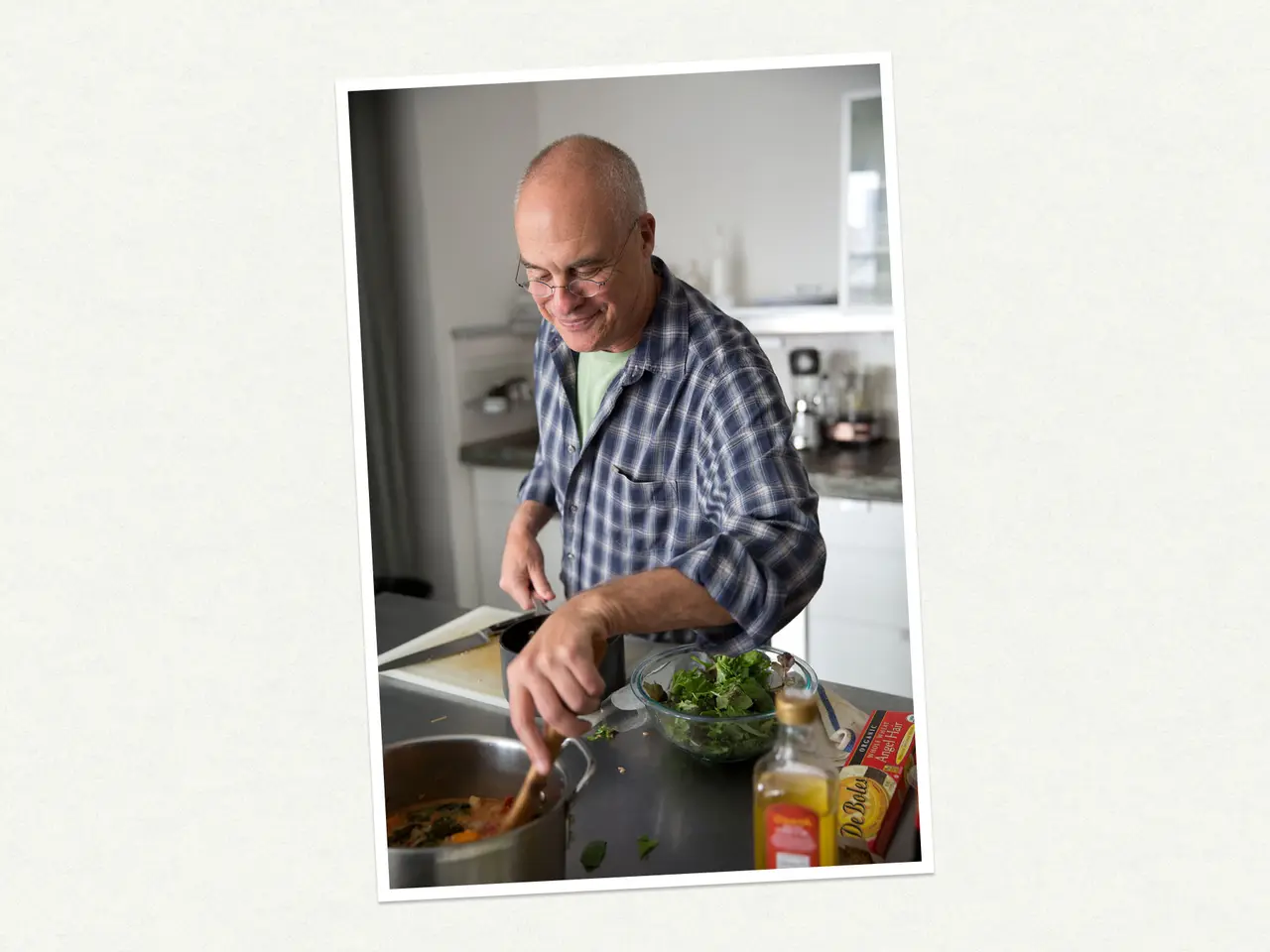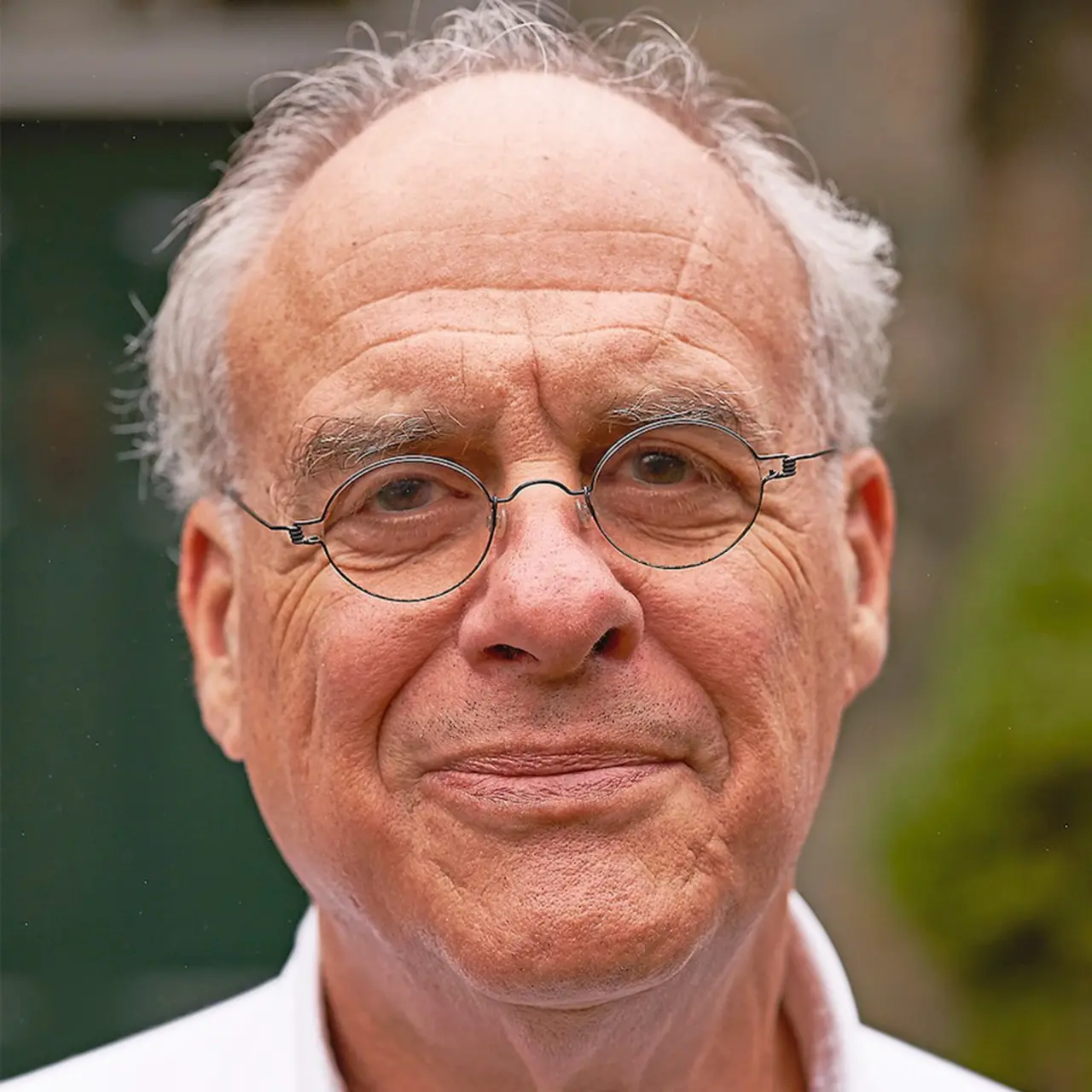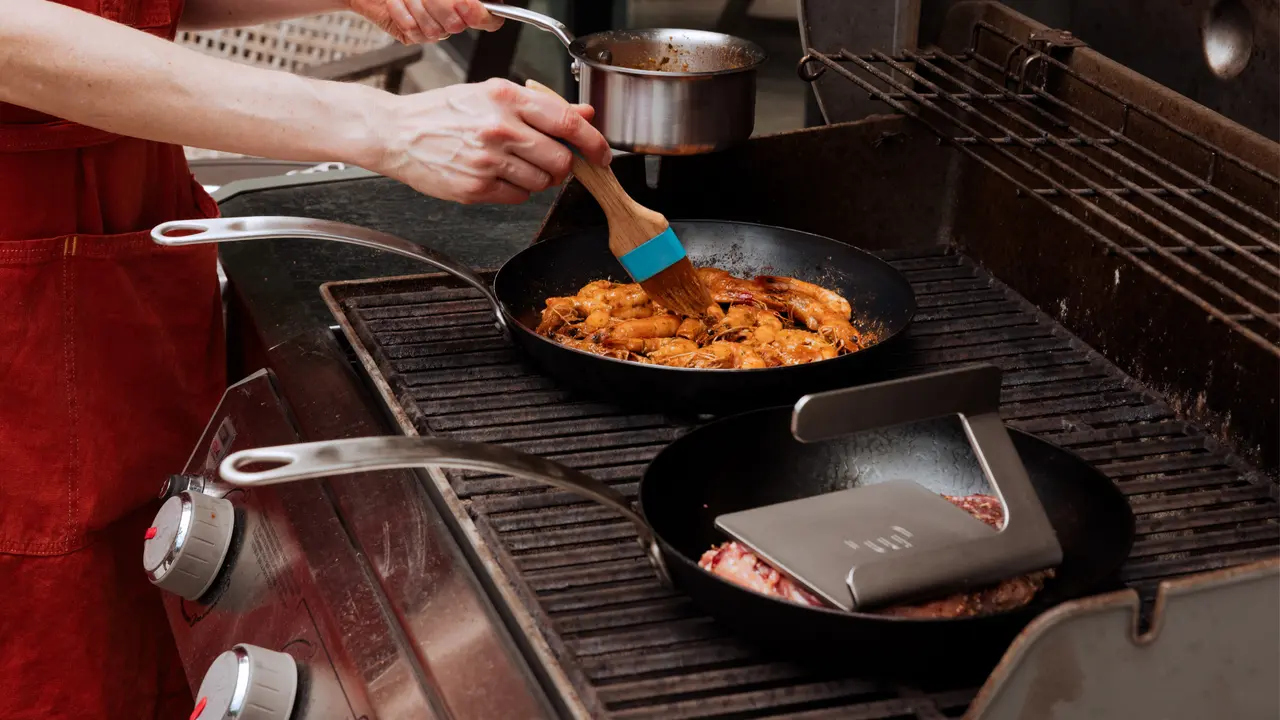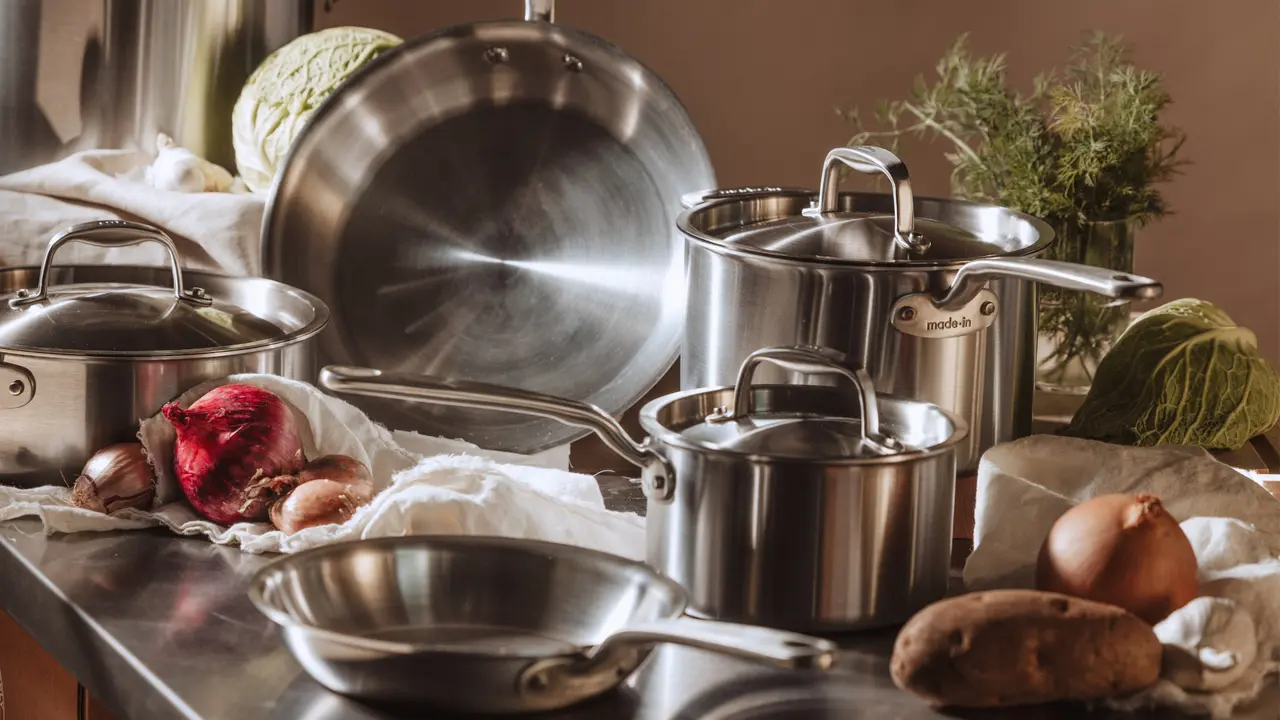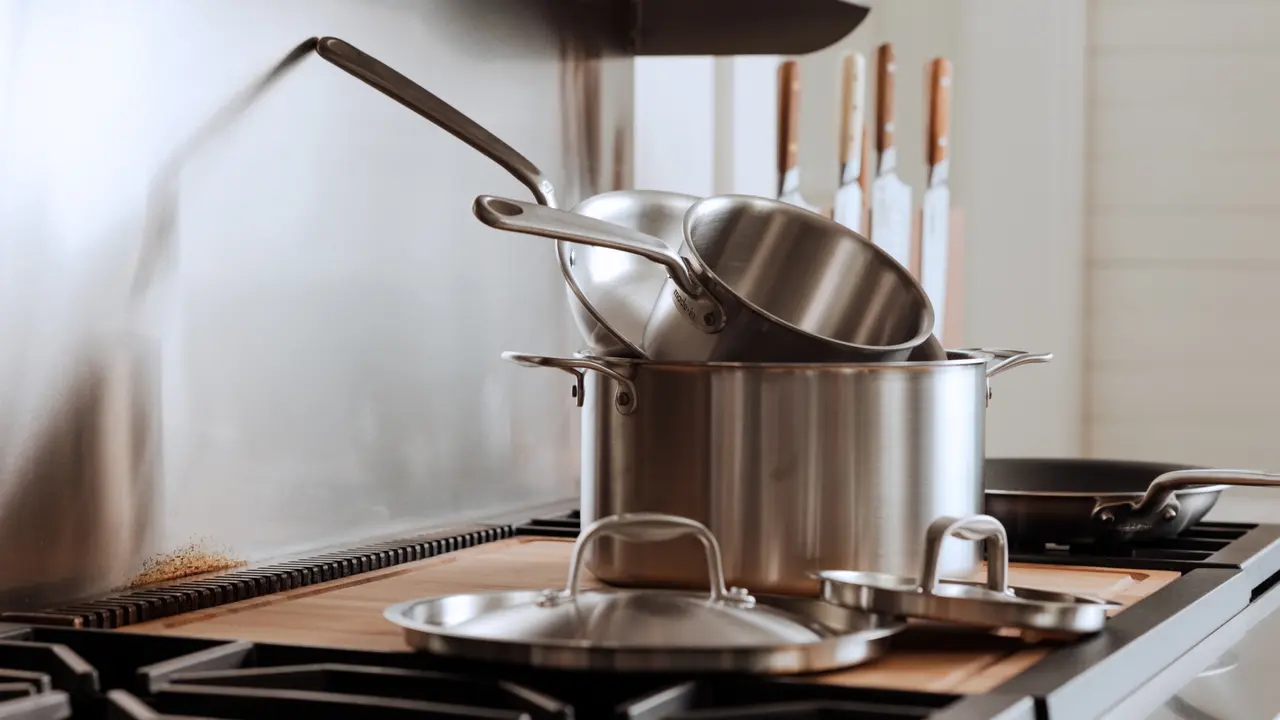I was delighted to receive your feedback about last month’s post. So positive and enthusiastic — thank you! It’s really gratifying to partner with a brand that I value so highly (and pretty much outfits my entire kitchen, by my choice.)
It’s always fun to hear questions from readers: Most questions fit into one of two camps: 1) basic, and ones I get asked a lot or 2) completely random, unexpected, and/or funny. The stuff that goes through our brains! And really, in any cooking experience, how many questions does any one person come up with while going through the process? A lot.
Today, I’ve collected some of the questions that I found to be interesting and useful, ones that have accompanying answers that would likely help others. These questions fall into the gray area of “basic” and “random,” and I like a gray area. So let’s get to it. And if you have questions of your own, we’d love to hear them.
Serving Size Laments

CH: I'm thinking about purchasing How to Cook Everything but I'm concerned that the recipes will be designed for multiple servings. I'm just cooking for myself. Will I be able to adjust the recipes to feed just one person?
MB: It's exciting to hear that you want to cook more. Most of the recipes in my books (this is true of most cookbooks) are written to serve four. So you would have to adjust as necessary.
The good thing about HTCE (if I do say so myself) is that there is basic cooking technique, ingredient, and food preparation information included along with the recipes. This helps you learn how to make substitutions and adjustments and eventually become more intuitive in the kitchen.
As someone who cooked mostly for one or two for more than twenty years, I have some suggestions:
- Make full batches of basic components you can later assemble in different ways (a pot of beans, a batch of whole grains, simply steamed or roasted vegetables, roast chicken parts — those sorts of things.) With some raw vegetables prepped and tucked into the fridge, you can make quick salads, grain bowls, and noodles.
- Make half of the recipe (or the whole thing) and then divide what you don't eat in a day or two into portions, and freeze it for a fast and easy meal later. You'll be surprised how many things reheat well. Soups and stews or braised dishes, of course, but also stir-fries, pastas, roasted meats or chicken, and breads and baked sweets. (Baking recipes can be the toughest to downsize effectively, so freezing leftovers is an excellent solution. Bonus — you always have something sweet around when you need it.)
- Get yourself a set of measuring spoons and cups with more fractions for 1/8 and even 1/16 increments. It will help you divide tablespoons, 1/4 cups, etc. without having to always consult conversion charts.
One recipe that freezes spectacularly well? My slow-simmered beef chili.
Material Questions
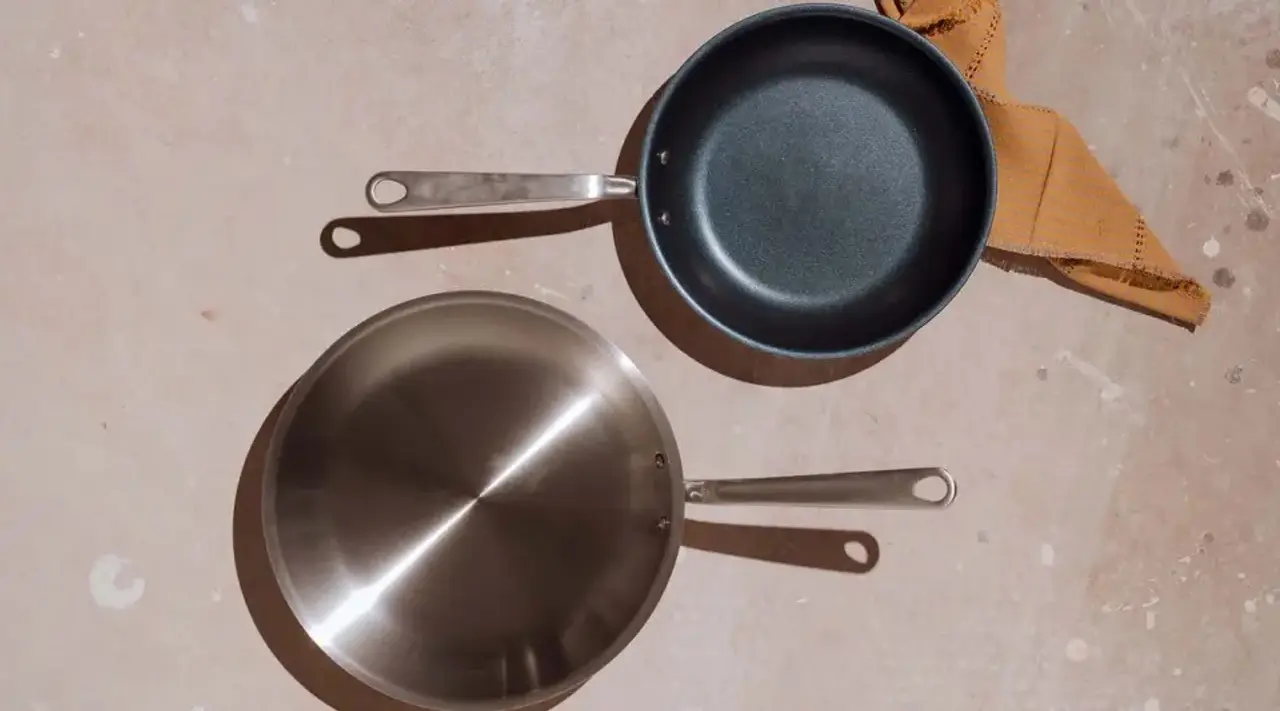
MF: My son recently asked me about the difference between stainless steel/clad frying pans and cast iron frying pans. (I seem to use cast iron more, but not exclusively.)
MB: Sounds like your son is super observant! Well seasoned cast iron behaves quite differently than stainless steel, as you yourself have probably observed. So to compare them is a little like comparing apples and oranges. Well seasoned cast iron can be like cooking on non-stick: you can use less oil, it retains heat well for even cooking, and is excellent for pan-frying, slow braising, roasting, and even baking.
The downside is that maintaining cast iron so it remains seasoned and doesn’t rust requires some attention. I once loved cast iron, but now it feels too heavy and difficult to maneuver. Plus, you're not supposed to use cast iron on ceramic or glass cooktops since it can scratch or break the surface. And if cast iron gets too hot without food in it, it can actually crack. (Rare, but I mention it because it happened to me once early on in my cooking career!)
The advantages of stainless clad — which, to be effective, should be of good quality, with a heavy bottom, and a core of copper or aluminum bonded in stainless steel, so that it conducts heat evenly — is that it heats and cools faster, doesn't react with acidic foods and potentially flavor them, or discolor foods sensitive to iron absorption. Plus, you can see the crust and potential burning more easily (though you can always smell burning, too, right?) When it comes to cleaning, they take to heavy use and some abuse, unlike cast iron.
Another option: I also really like carbon steel pans because they’re lighter than cast iron (so you can use them on ceramic or glass cooktops), yet they have the same sort of dark non-stick surface. They're easier to season and maintain, too.
Whatever you use, make sure the handles are oven-proof so you can use the same pan from stove to oven. And make sure you have some excellent mitts or gloves.
Getting Salty

CT: Many recipes now say, simply, “salt and pepper to taste.” Being health conscious, I tend to use a lot less salt than most cooks use, but I think I don't use enough. Do you have tips for figuring out the levels that work best? And also what kind! — table, kosher, etc.
MB: Excellent question and yes, it’s indeed intentional that we rarely give quantities for salt (except when baking). I purposefully wrote my recipes like this, because I believe that salt is a matter of taste. (Personally, I love salt and salt pretty much every finished dish after I try it, both at restaurants and at home.) Certain people like salty eggs but not salty chicken. Some days you might be more sensitive to salt than others. And of course people you cook for might have different feelings about salt.
What I try to encourage is salting and tasting as you go, at several points in the recipe. So if your instincts say you're generally under-salting, you probably are. But only you know what tastes right to you with any given dish. (Of course under-salting is way safer than over-salting.)
Here's some additional guidance: Kosher salt is coarser than table salt, it's less concentrated teaspoon versus teaspoon, and it has no iodine flavors. Sea salt varies type by type, brand by brand, color by color, and all have a range of minerally flavors. So the best thing to do is taste the salt or salts you use by themselves and decide which you prefer. (In general, we recommend kosher salt for everyday cooking and baking and sea salt as a last minute finishing salt or on the table for everyone to season to their own liking.)
You’re on the right path! And hopefully these details give you more confidence to cook with the right amount of salt — for you and the people who sit at your table.
I am so thrilled to be sharing my thoughts and experiences with you for Made In, one of my favorite brands. I’ll be back next month!
